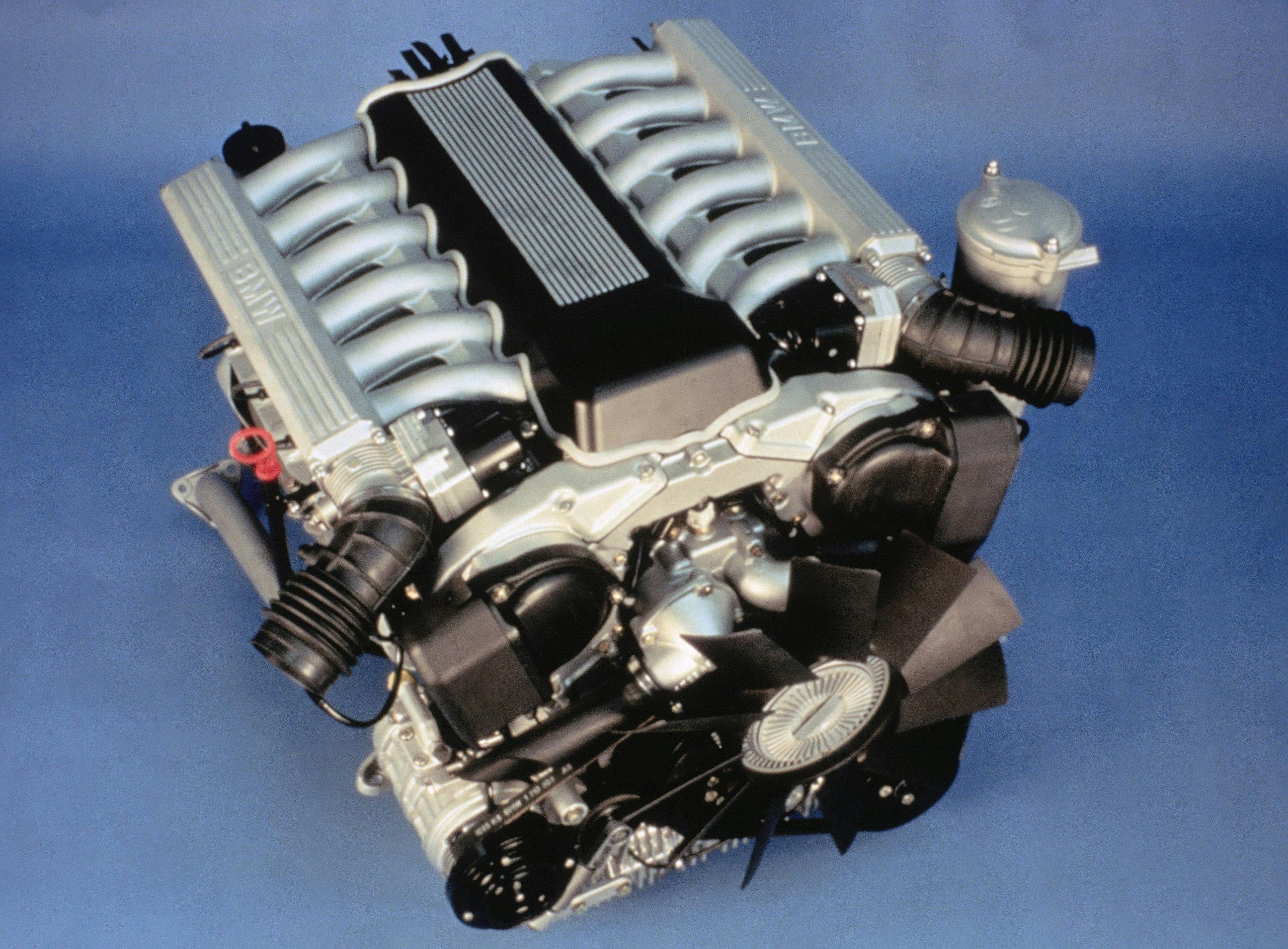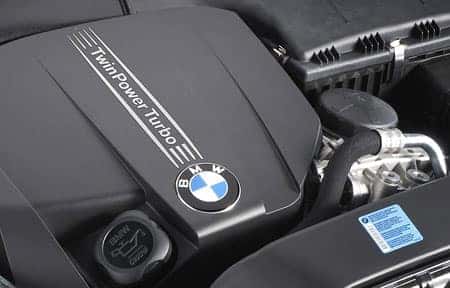Leading 5 BMW Engine Technologies Revolutionizing the Automotive Sector
Leading 5 BMW Engine Technologies Revolutionizing the Automotive Sector
Blog Article
Unveiling the Intricacies of Next-Generation Power Units: a Deep Dive Into Advanced Engine Layouts and Innovations
As we stand on the precipice of a brand-new period in transportation, the details of next-generation engine designs bid us to check out the cutting-edge innovations and developments that promise to redefine the driving experience. Diving deeper right into the realms of discharge control, smart engine administration systems, and the horizon of power device development, we discover ourselves on the cusp of a makeover that guarantees to improve the landscape of flexibility as we know it.
Development of Engine Products

The shift in the direction of progressed engine products has also allowed designers to develop engines with greater power outcomes while keeping gas performance requirements. For example, using light-weight materials minimizes the total weight of the engine, bring about enhanced gas economic situation and reduced emissions. Additionally, innovations in products technology have actually permitted far better thermal monitoring within engines, causing raised integrity and long life.
Turbocharging and Supercharging Technologies
How do Turbocharging and Supercharging Technologies change engine efficiency and efficiency in modern automobiles? Turbocharging and supercharging are innovations that substantially boost engine performance by increasing the quantity of air intake right into the combustion chamber. Turbocharging achieves this by making use of a wind turbine driven by exhaust gases to pressurize the consumption air, while supercharging uses a belt- or chain-driven compressor to achieve the same impact.
These technologies make it possible for smaller, extra fuel-efficient engines to produce power equal to larger ones, referred to as downsizing. Forcibly more air into the cyndrical tubes, supercharging and turbocharging boost combustion performance, leading to raised horsepower and torque output without a substantial increase in engine dimension. This leads to much better velocity, hauling ability, and overall driving efficiency.
Moreover, turbocharging and supercharging add to improved fuel performance by allowing the use of smaller sized engines that eat much less fuel under typical driving problems - bmw engine. This mix of enhanced efficiency and effectiveness has actually made turbocharging and turbo charging integral elements of lots of modern engine styles
Discharge Control and Environmental Influence
With increasing worldwide worries relating to air quality and environmental sustainability, the application of discharge control modern technologies in vehicles plays a critical function in lowering hazardous contaminants released into the environment. Modern cars are outfitted with innovative emission control systems that help minimize the environmental impact of automobile operations. Catalytic converters, for instance, are created to convert harmful gases such as carbon monoxide gas, nitrogen oxides, and hydrocarbons right into get redirected here much less unsafe materials like co2 and water vapor.
In addition, innovations in engine technology, such as the integration of exhaust gas recirculation systems and selective catalytic decrease, have actually dramatically added to reducing discharges. These innovations operate in tandem to optimize burning performance and minimize the release of harmful toxins right into the air. Furthermore, the development of crossbreed and electric lorries represents an important step towards reducing the overall ecological impact of the transportation field.
Intelligent Engine Management Solution

In addition, these systems allow vehicles to satisfy rigid discharges requirements without jeopardizing performance, offering an extra eco-friendly driving experience. The integration of fabricated intelligence and maker understanding abilities in More hints engine monitoring systems continues to press the boundaries of what is feasible, causing more enhancements in performance, reliability, and general vehicle performance. bmw engine. As auto technology breakthroughs, intelligent engine administration systems will certainly play a critical role in forming the future of transport towards a much more lasting and efficient instructions
Future Trends in Power System Development
As smart engine management systems lead the means for boosted control and optimization in modern-day lorries, future fads in power device growth are positioned to redefine the landscape of vehicle propulsion modern technologies. These different power resources offer enhanced effectiveness and performance while straightening with rigorous ecological guidelines.
One more significant trend is the combination of advanced products and making methods. Lightweight products such as carbon fiber and light weight aluminum are being used to minimize total automobile weight, improving fuel effectiveness and efficiency. Additionally, innovations in 3D printing and additive production are allowing the production of intricate engine elements with higher accuracy and durability.
Additionally, expert system and artificial intelligence are playing a crucial function in enhancing power unit efficiency. These technologies enable real-time tracking and flexible control, leading to more reliable and trusted power distribution. In general, future fads in power system growth are geared in the useful site direction of efficiency, efficiency, and sustainability, driving the automobile market towards a new period of propulsion technologies.

Conclusion
In conclusion, the developments in engine products, turbocharging, exhaust control, and smart management systems have led the way for next-generation power units. The complex layouts and technologies in modern engines showcase the continuous advancement of automotive technology.
Checking out the modern improvements in engine products has actually been crucial in enhancing the performance and efficiency of contemporary engines. Over the years, the development of engine materials has played an important function in pressing the borders of what engines can attain.The shift towards advanced engine products has likewise allowed engineers to develop engines with higher power outputs while preserving fuel effectiveness requirements.The implementation of intelligent engine management systems in modern-day vehicles has revolutionized the way engines are regulated and maximized for efficiency and effectiveness. By gathering information in real-time and evaluating it with sophisticated formulas, smart engine administration systems can adapt to driving designs, ecological aspects, and engine health and wellness to make the most of power output while reducing gas intake and discharges.
Report this page